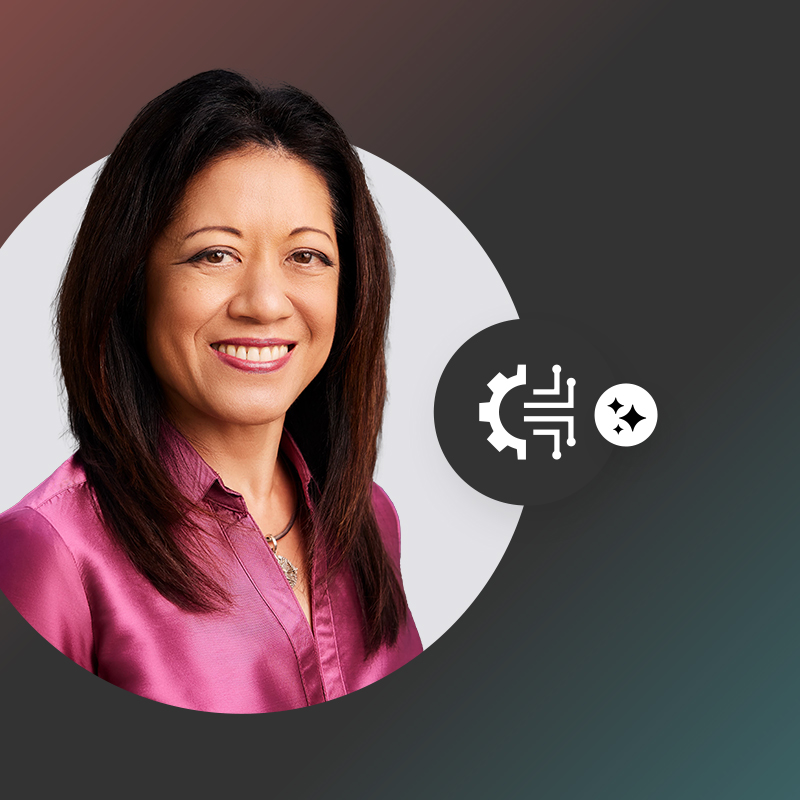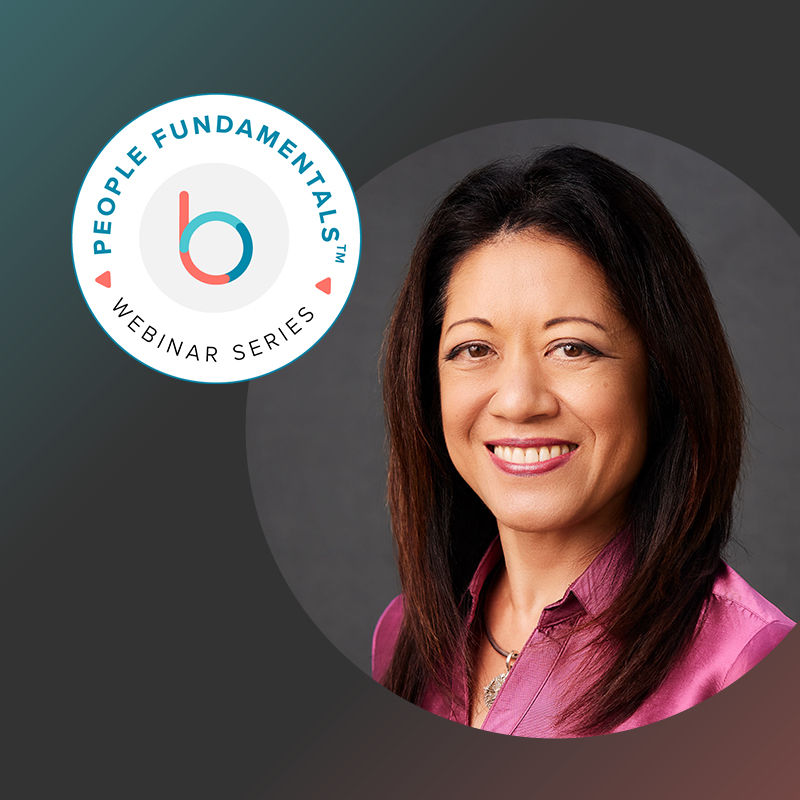Artificial intelligence (AI) has tremendous potential to improve work, but many are fearful of such a transformative technology. Some employees worry that AI, rather than humans, will make decisions about their jobs and careers. As HR and business leaders, it’s our responsibility to address these fears so that managers and employees can reap the benefits of AI.
With 61% of employees concerned about how AI could upend their work according to a soon-to-be-released AI survey from Betterworks, leaders need to figure out how to communicate the big picture to an anxious workforce. AI in HR — especially in performance management — is a meaningful opportunity to demonstrate transparency and increase employee trust in technology.
Here are three ways to help employees understand the benefits of AI in performance management — and how you can use AI while making sure people remain in control.
Don’t overweight the risks against the rewards
It’s sometimes hard for leaders to see the big-picture benefits of AI in performance management — so imagine how overwhelming this change can seem to front-line employees. The first step to helping employees see the benefits of AI is to start with yourself. Take a step back and ask, “What is it that I’m really concerned about? Do the risks outweigh the benefits?”
It’s human nature to get hung up on the risks and to overplay the bad things that might happen. But we can’t afford to get distracted by minutia, especially when many of the risks can be prevented or mitigated with a thoughtful AI implementation plan. There is a deeper level of thinking and reflecting that we, as leaders, should go through to help us stay focused on the big picture, as opposed to getting hung up by fear that something could go wrong.
The first step to helping employees see the benefits of AI is to start with yourself. Take a step back and ask, “What is it that I’m really concerned about? Do the risks outweigh the benefits?”
Be careful when applying AI, but don’t let an overabundance of caution prevent your organization from realizing its benefits. Frequent, transparent communication with employees can quell their fears, especially when you’re upfront with how the organization is using AI and how you’re addressing risk.
Reinforce the human perspective
If you can show employees what data the AI is accessing — and how it’s using that data to generate objective performance appraisals — they’ll start to realize how AI benefits them. An understandable fear is that AI will make all the decisions, but that’s not the case in a well-designed performance management process. AI is a tool, not the “decider.”
Just as before, managers begin the performance management process, and they maintain control over its output. AI simply helps humans be smarter, more informed, and less biased. By pulling data from many sources and analyzing it, AI helps managers understand the big picture of performance across the year, not just what’s top of mind.
AI speeds up what managers might want to do when given more time. Instead of the manager going through hundreds of performance data points for each employee to create a fair and actionable performance evaluation, AI can do this much faster. The manager takes the AI’s outputs and adds their perspective, expertise, and emotional intelligence. The result is a better, faster, and more objective process that continues to reinforce the manager-employee relationship.
For example, if I spent a month or two doing nothing else but going through the past year of all of the goals that my team members had, what they accomplished, and the comments that were a part of their goals, I could probably craft reviews that would be pretty good — and I’d have the benefit of my years of experience while writing those. Instead, I’ve got AI to pull that together for me instantaneously. When there’s not enough time in the day to get done the things that everybody needs to get done, why wouldn’t I use AI?
According to a recent AI survey by Betterworks, most employees (75%) are OK with generative AI writing their initial performance review as long as their manager reviews and adjusts it afterward. While some employees will remain fearful of AI, HR leaders can confidently communicate how the human perspective remains paramount — helping the workforce feel more comfortable with the technology.
AI simply helps humans be smarter, more informed, and less biased. By pulling data from many sources and analyzing it, AI helps managers understand the big picture of performance across the year, not just what’s top of mind.
Share the benefits with the workforce
Communicate the positive outcomes of AI-driven performance management processes for the organization and especially for employees. AI can be transformative for managers, helping them serve and lead their teams better by unleashing the intelligence that is baked into an HR process like performance management. Meanwhile, employees benefit from a closer, more collaborative relationship with managers. Their goal-setting, evaluations, and support are based on objective, data-driven insights, making for a fairer process.
AI helps managers say the right things in the right way and in the right context — delivering practical, actionable performance advice to their reports. Using AI, you can bring together all of the people data generated during the performance management process, whether structured or unstructured. Managers get more complete insights so they can coach their teams accordingly. Rather than data being scattered and impenetrable, employees and managers alike can see what data is being used and how performance is measured.
With performance management, you have the opportunity to incorporate AI technology into literally everything employees do daily to make their work lives easier. Whether they’re working at a desk or doing physical labor, they’re always going to have conversations or check-ins with a manager. They’re always going to have the opportunity to give and receive feedback. They’re always going to be working on something that is goal-oriented, whether it’s related to their development or their company’s strategic objectives.

Using AI as assisted technology like Betterworks AI in conjunction with human oversight helps people do their jobs better, acclimates employees, and lessens their fear. It gives them an opportunity to see the transparency and trustworthiness of AI, for example, when it comes to removing bias from performance reviews. AI becomes normalized and embraced.
Before you can capitalize on AI, you need to address employees’ fears and show them how AI is a tool for good. With transparent communication and a focus on positive outcomes, you can create a culture that embraces AI and empowers employees to thrive.
Want to learn more? Explore how Betterworks is using AI to unleash performance management.
Andrea Lagan is the chief operating officer and chief of people at Betterworks. A customer experience veteran with nearly 25 years of experience, Andrea has successfully led teams responsible for driving business growth, customer retention, and exceptional customer experiences. Her previous experiences were as COO at FinancialForce, chief customer and people officer at Alfresco, VP of cloud support at Oracle, VP of global support and operations at NetScout, and director of operations at Remedy.
How is Betterworks improving performance management with AI?


